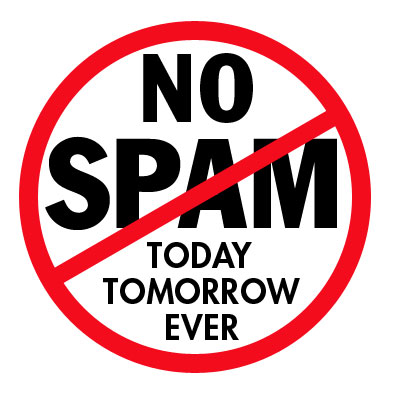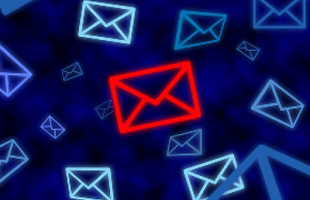Electronic mail (e-mail) is the fastest and widely used mode of communication in this digital age. It is used for both business and personal communication. However, as an internet-driven communication medium, emails are never secure.
Therefore, caution and best practices must be observed at all times in order to use and manage your emails safely. This article shares 5 fundamental tips on how to use your email safely.
1. Do not download and open unsolicited attachments
Most hackers easily distribute their hacking tools as attachments to unsolicited emails. These hacking tools are usually Malware and backdoor Trojans that collect information from your computer and send them to the originating hackers. In worst cases, these malware or Trojan attachments, when opened in a Windows computer, will paralyze the entire system and render your computer totally unusable.

If you receive an email from an unknown sender, especially if it contains an attachment of types EXE, ZIP or RAR, never open it. These attached files can be the Malware, Trojan or virus that will compromise your online accounts, or in worst case, will totally destroy your computer system.
2. Do not follow links from un-trusted senders
Email is a marketing playground because millions of people are using it. Hence, it is expected that some marketers will send you newsletters and marketing campaigns. However, bad hackers also use emails for their malicious purpose. They send seemingly legitimate emails but one thing to be aware of is that their emails usually contain links that will redirect you to a malware-infested websites that will harm your computer. These links can even look legitimate when you hover them but when you click it, you will be redirected to a malware website.
Therefore, if an email is sent by an unknown sender, and the message is asking you to click a link, never follow that link as your system can be infected with a malware.
3. Never open emails in the Spam or Junk folder
Most email providers like Yahoo Mail, Gmail, Hotmail or AOL are equipped with anti-spam filters. These filters will test the contents of an incoming email to see if it is safe for you. If it is safe and legitimate, then the email will be stored in your Inbox folder. Once the email is detected as Spam or Junk, then it will be moved to your Junk or Spam folder automatically.
There is a valid reason why your email program sent an email to Junk or Spam. However, you might be tempted to open your Junk folder to see if there are emails that are mistakenly marked as Spam. That is a valid argument as well since the filtering is NOT 100% accurate. However, do not open any email that is 100% sure a spam so that you will never get the same spam emails again and again. This article explains why it is not good to open spam or junk emails.
4. Do not send an email to multitudes
Gmail, Yahoo Mail, Hotmail or AOL are the top email providers in use today. Millions of people are using these email providers therefore their corresponding email servers are faced with huge traffic and data transfer. Because of this, they normally set a rule as to how many times and at what time interval you shall be sending emails. If you violate this protocol, your email account will be penalized because of over-quota. In worst case, your account will be blocked because of “malicious” activity and some of your respondents’ email providers will even tag or mark your email account as a “spamming” account which is not good because your future emails will be rejected or be automatically sent to Junk.
If you are planning to send emails to a huge list of recipients, it is highly recommended that you use a third party newsletter or mailing service like MailChimp. Their mailing infrastructure is built for mass mailing.
5. Do not send spam
Lastly, do not send a spam. Spam is literally an “unsolicited” email. This means that you are not allowed by the recipient to send him/her an email message, it is not welcomed and it is not required by the recipient. You basically know if the email you are sending is unsolicited or not. If you are not given permission by the owner of the email address to send him/her a message, doing otherwise is sending a spam.

Being a spammer (the one sending spam emails) has stiff penalties in the email world. If your account is detected as a spamming account, you will be blacklisted by most email providers and your emails are automatically sent to Junk or Spam folder. Yes, you can send an email to 10,000 email addresses at once, but if the sending email address is previously marked as a spammer, not 20 of the 10,000 will be able to get your email in their Inbox.
